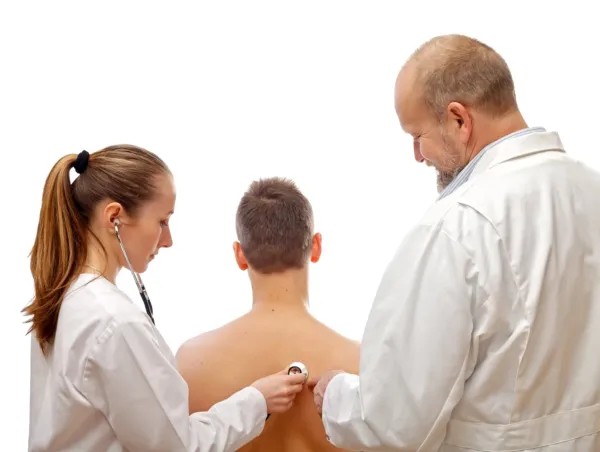ROS Can Be Easy As 1-2-3 With This FAQ

Put the elements on your side when reviewing ROS info. If you don’t have a firm grasp on review of systems (ROS) levels and how they relate to evaluation and management (E/M) services, you could end up red-faced when filing your next E/M claim. Why? ROS is an element of all in-person E/M codes, regardless of setting, so you need to be on your toes to code it correctly each time you see an E/M claim. We got a few experts together to talk about some of the most vital aspects of ROS. Check out what Donelle Holle, RN, president of Peds Coding Inc., and a healthcare, coding, and reimbursement consultant in Fort Wayne, Indiana; Catherine Brink, BS, CMM, CPC, president of Healthcare Resource Management in Spring Lake, New Jersey; and Cynthia A. Swanson, RN, CPC, CEMC, CHC, CPMA, of ClaimDOC in Des Moines, Iowa; had to say about the ROS issue. What is ROS, and why do providers perform it? Brink Holle What are systems and how do they apply to ROS? Systems are basically the different areas of potential patient injury that a provider can review to better understand the patient’s condition; most are physical, though some are less tangible in nature. For the purposes of the CPT® codebook the following elements of a system review have been identified, according to Swanson: What do you do with the systems info? You’ll use it to determine whether the provider reached one of three ROS levels: problem-pertinent, extended, or complete. You’ll then use the ROS level when calculating the examination level of the evaluation and management (E/M) service. How many systems must the physician review in order to achieve problem-pertinent ROS? Holle Brink How many systems must the physician review in order to achieve extended ROS? You’ll need to tally an additional two to nine systems in addition to the presenting problem in order to code extended ROS. Holle How many systems must the physician review in order to achieve complete ROS? Brink Holle
ROS is inquiry by the provider, or ancillary staff, of the body organ systems for pertinent subjective symptoms or problems to determine if there are other comorbidities affecting the patient’s current symptoms or problem.
Review of systems is when the provider asks very specific questions about other systems that may be involved in the presenting problems. The provider performs the ROS so that they can determine if there are further signs and symptoms that should be addressed or can help them determine what is going on with the patient, rule out other problems, as well as if further testing is required.
A problem-pertinent system review only requires one review of systems. For example, patient presents with headache and generalized muscle aches but no fever (fever-constitutional ROS).
One system pertinent to the HPI [History of present illness].
An extended ROS, also referred to as detailed, requires two through nine ROS — all providers need to remember that the ROS should be pertinent to the chief complaint: Is there medical necessity for obtaining that ROS? Is it pertinent to the chief complaint and presenting problems?
At least 10 additional systems.
“There are 14 systems that can be reviewed. A provider can perform some with a statement ‘remainder of systems negative’ — as long as at a minimum of 10 systems were reviewed and the remainder were negative, so no need to record them all. Providers should be careful not to “default” through an ROS. ROS still has to be pertinent to chief complaint and presenting problems. Also, when defaulting through an ROS, errors can be made. For example, in the history section it states ‘having occasional headaches,’ but in the ROS it states under neuro ‘no headaches.’”




